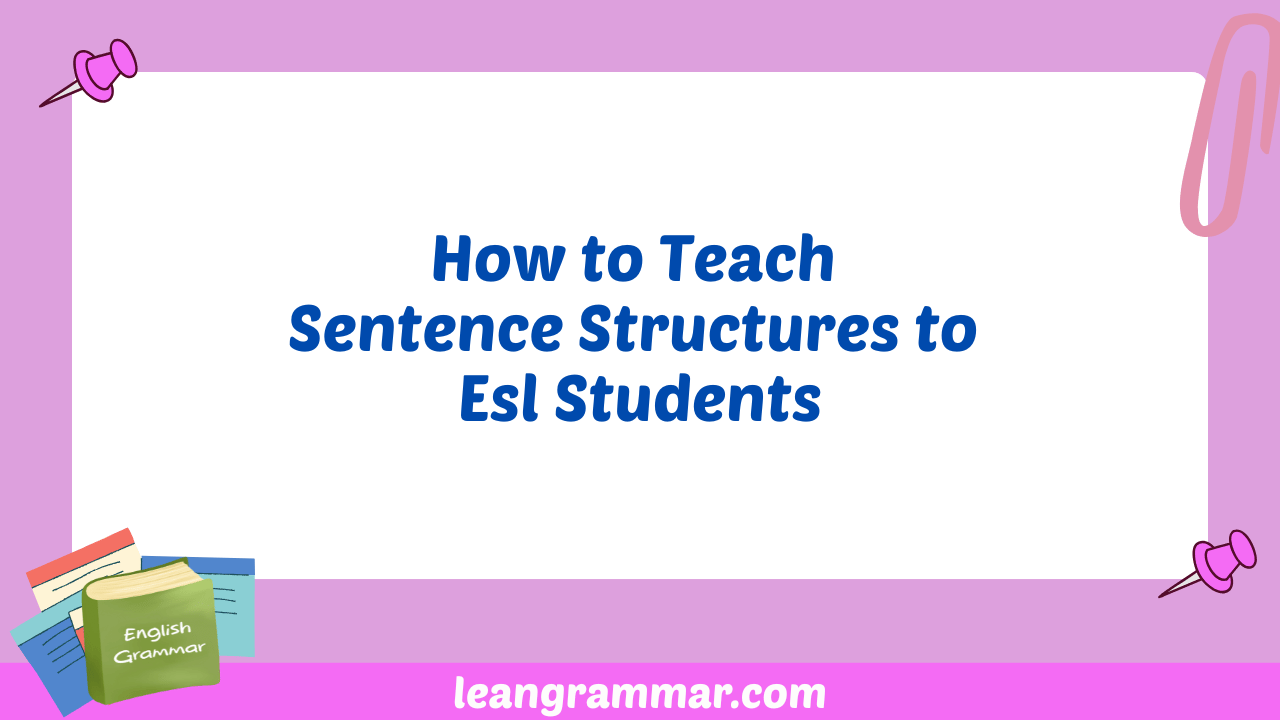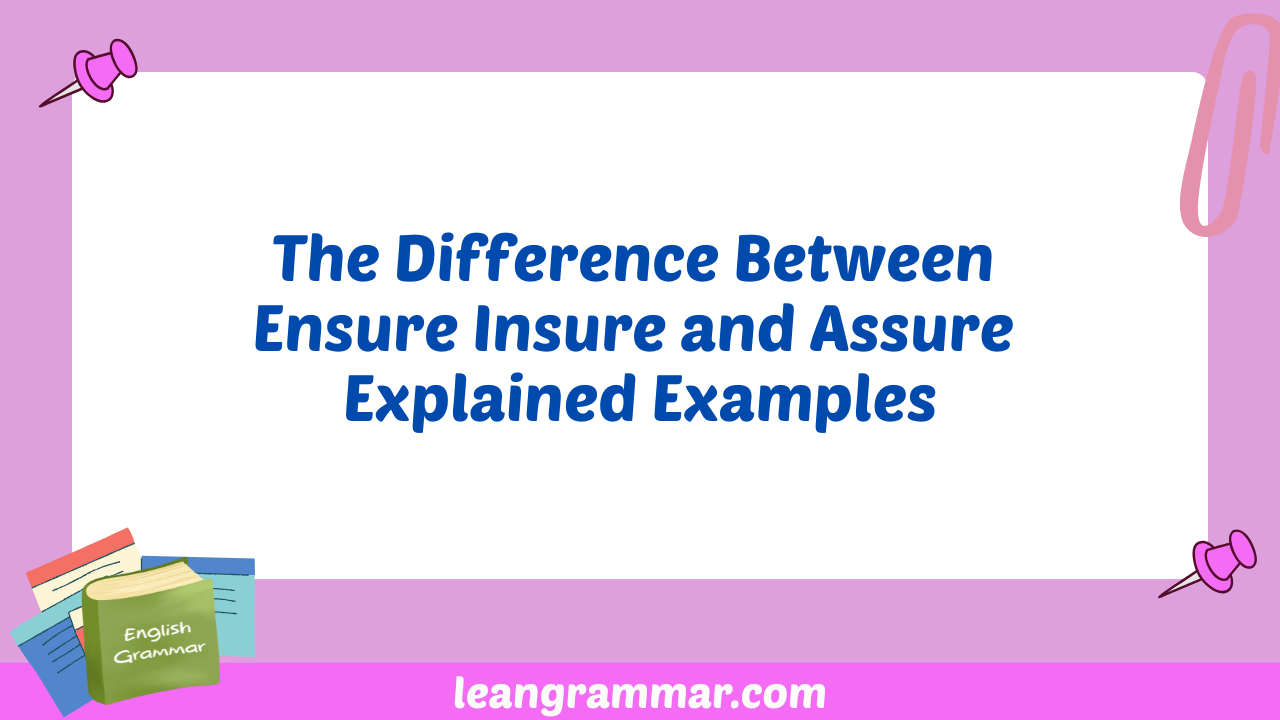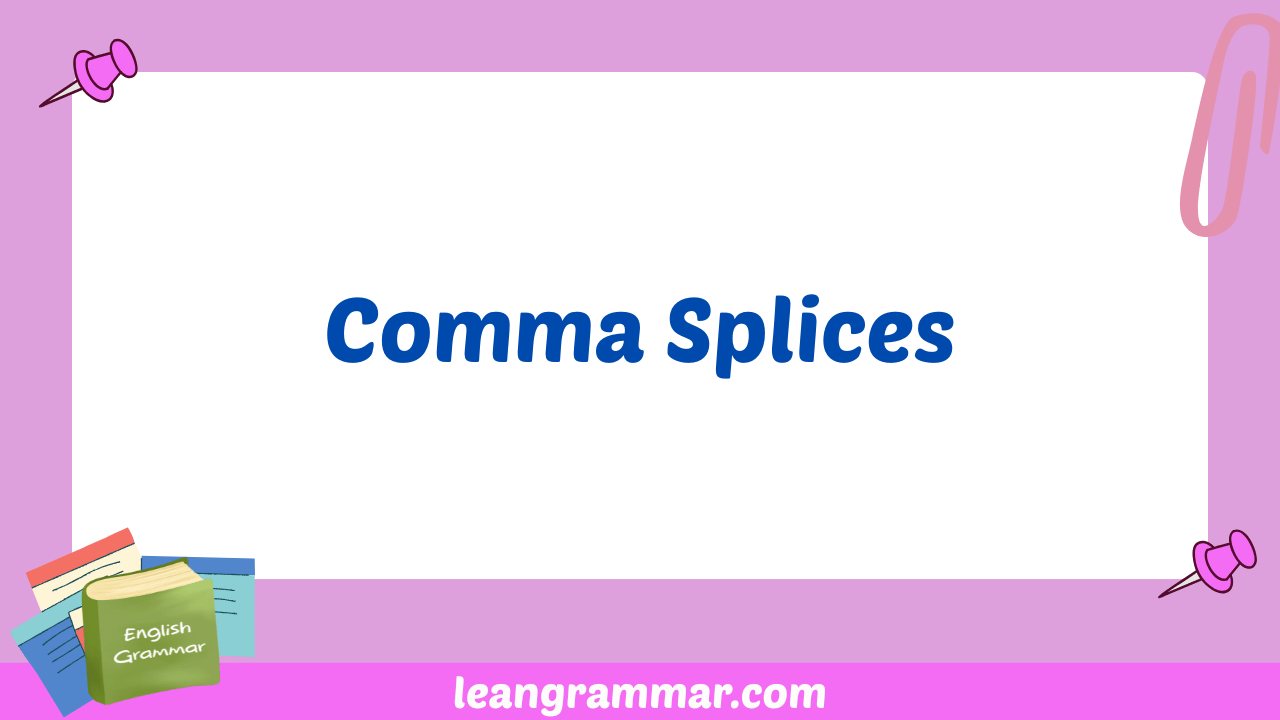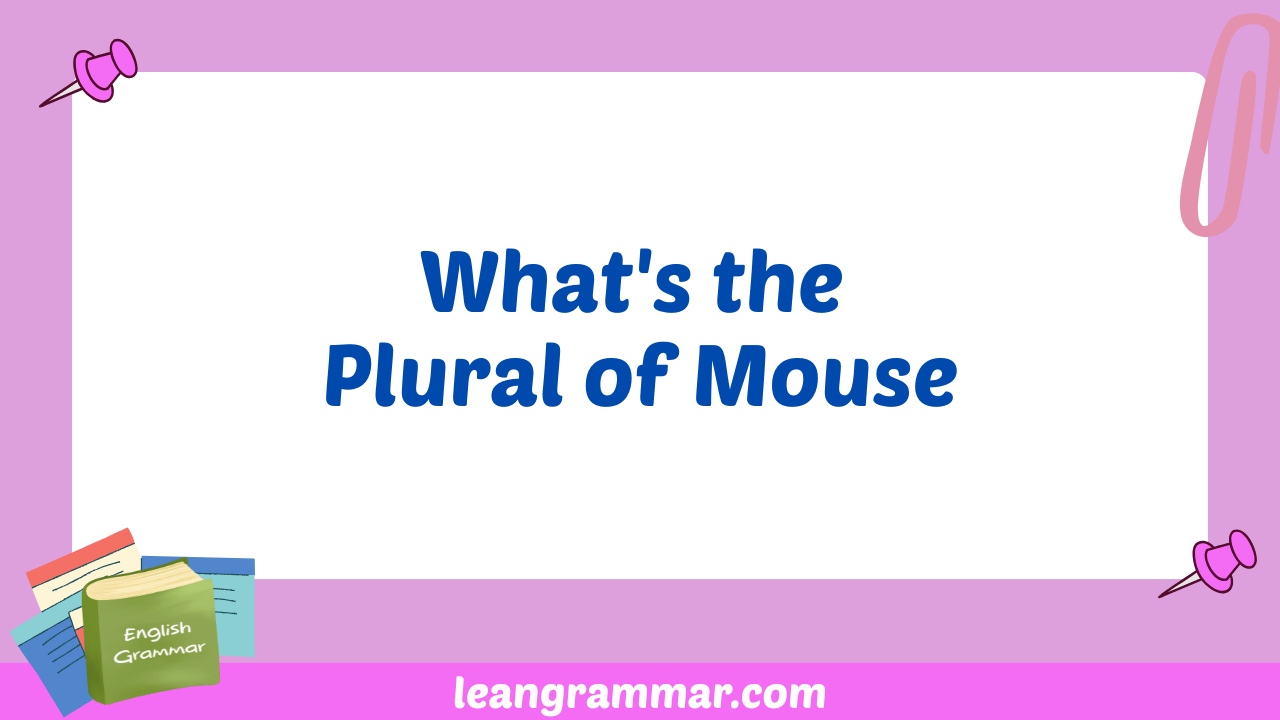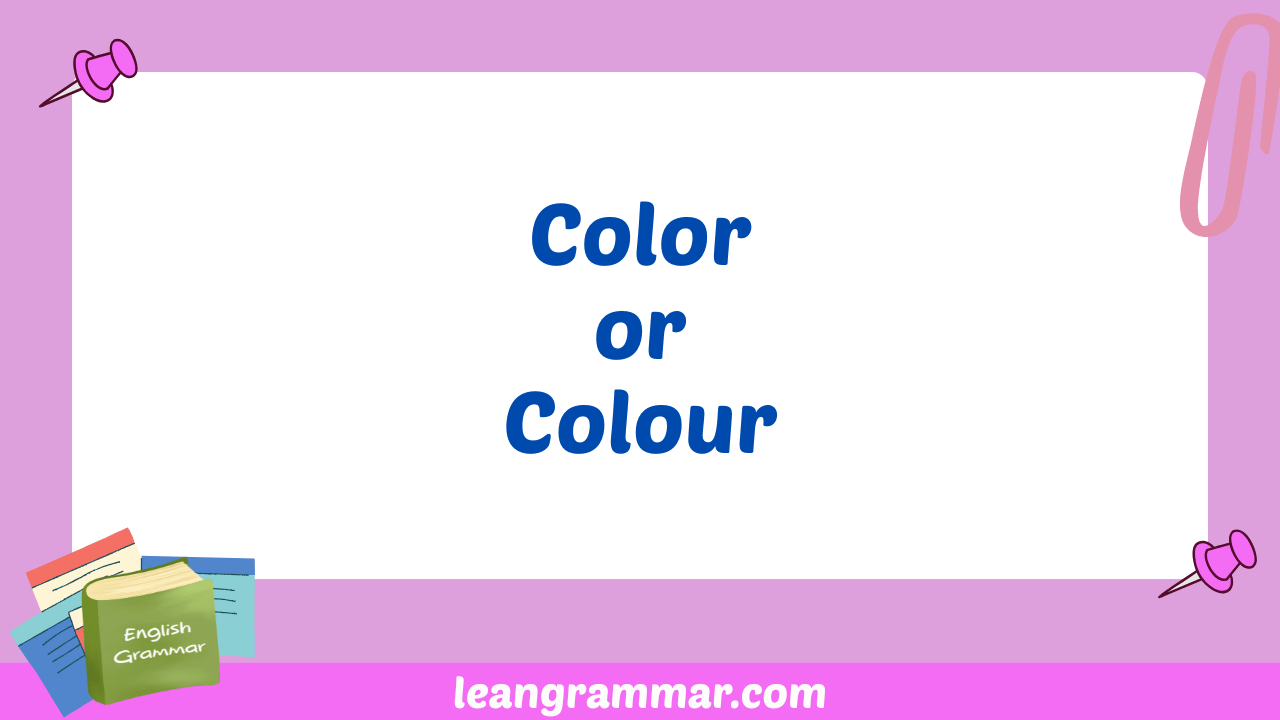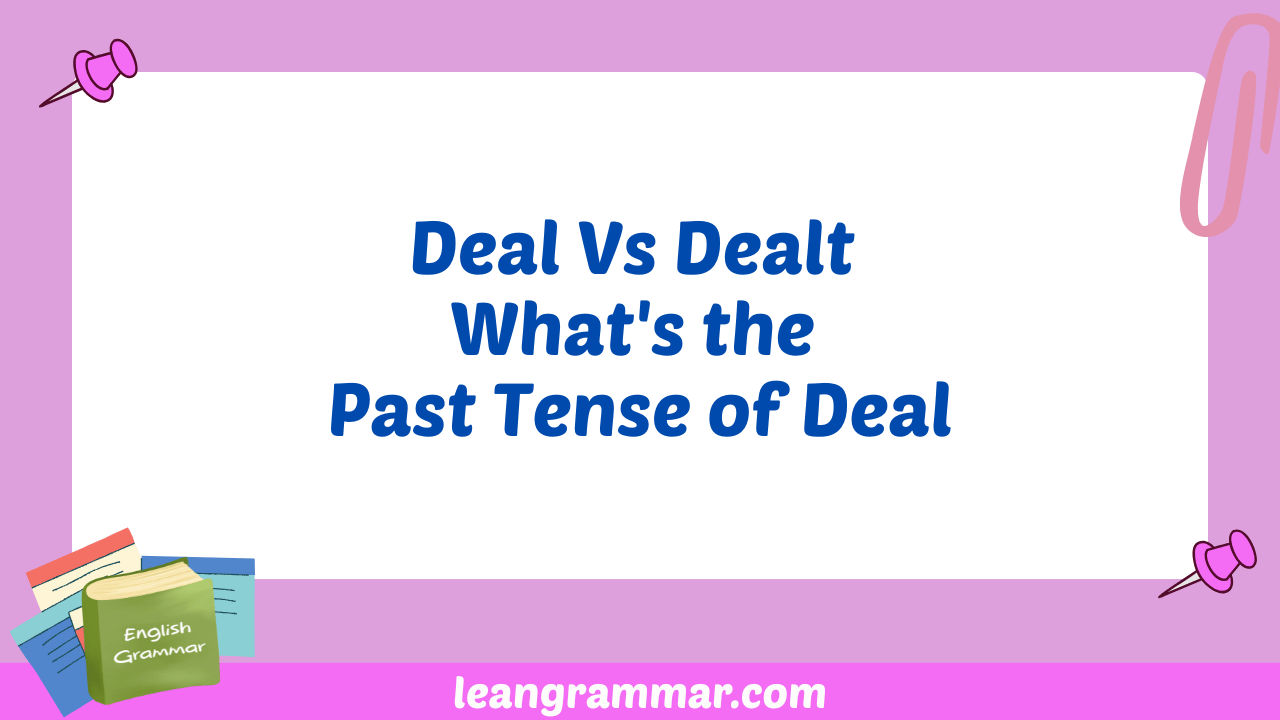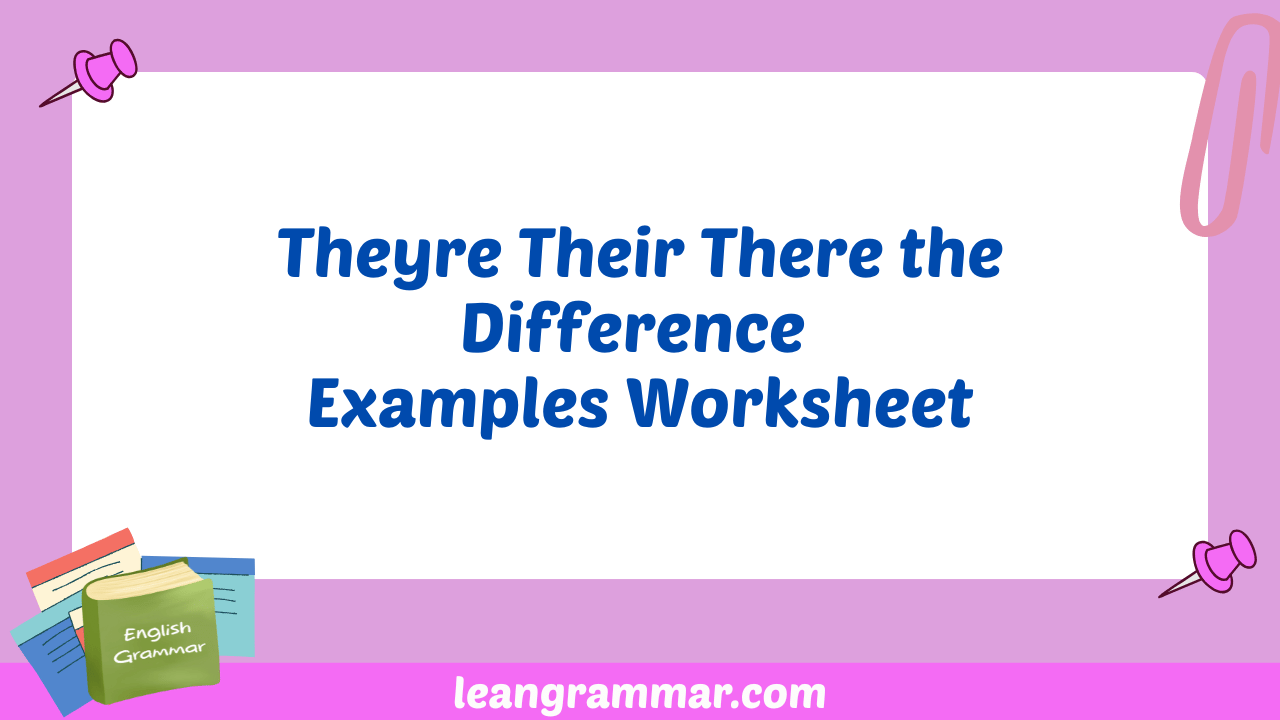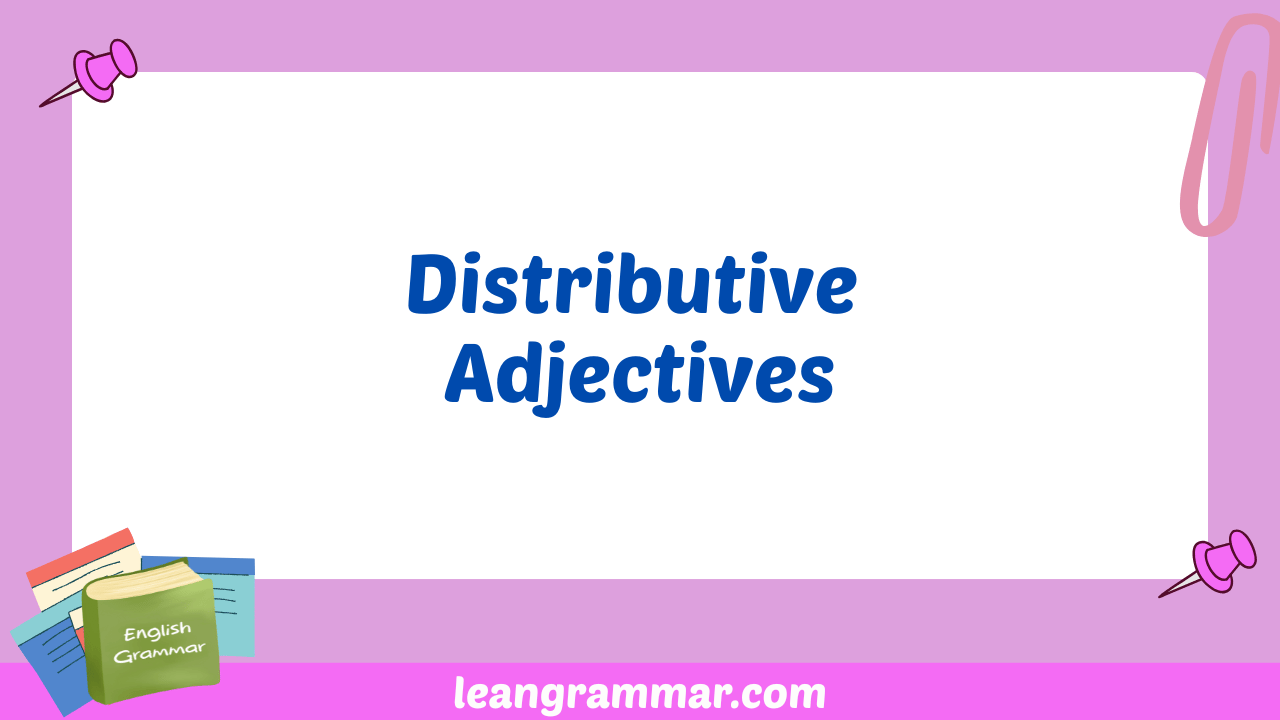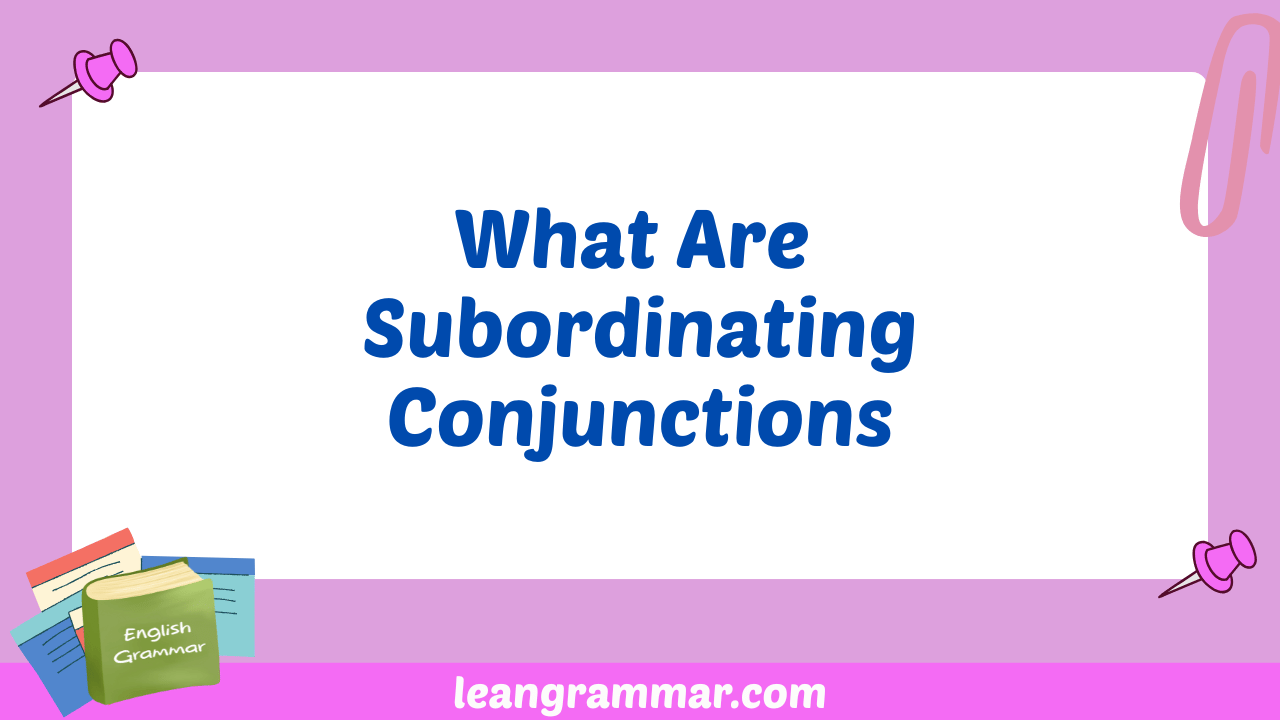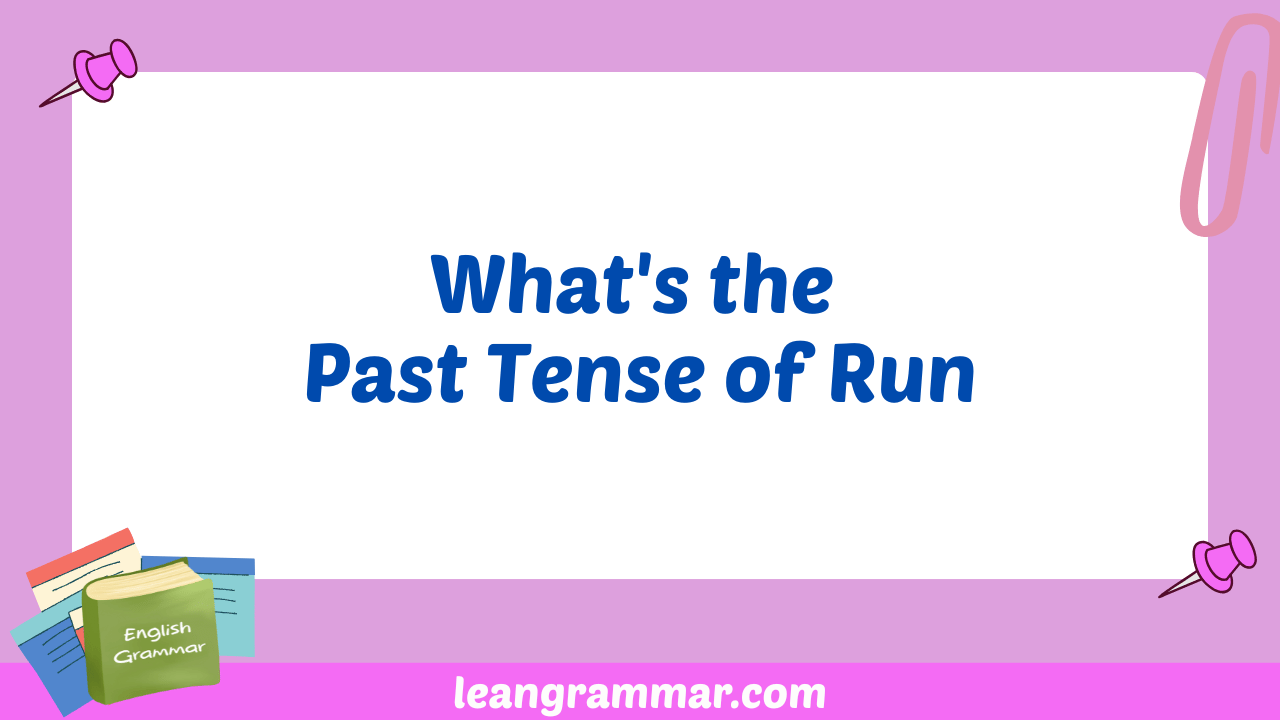Teaching Sentence Structure: A Comprehensive ESL Guide
Understanding sentence structure is fundamental for English as a Second Language (ESL) learners. It’s the bedrock upon which all other grammatical concepts are built. Without a solid grasp of how sentences are constructed, learners struggle with both comprehension and production, hindering their ability to communicate effectively. This article provides a detailed guide to teaching sentence … Read more
